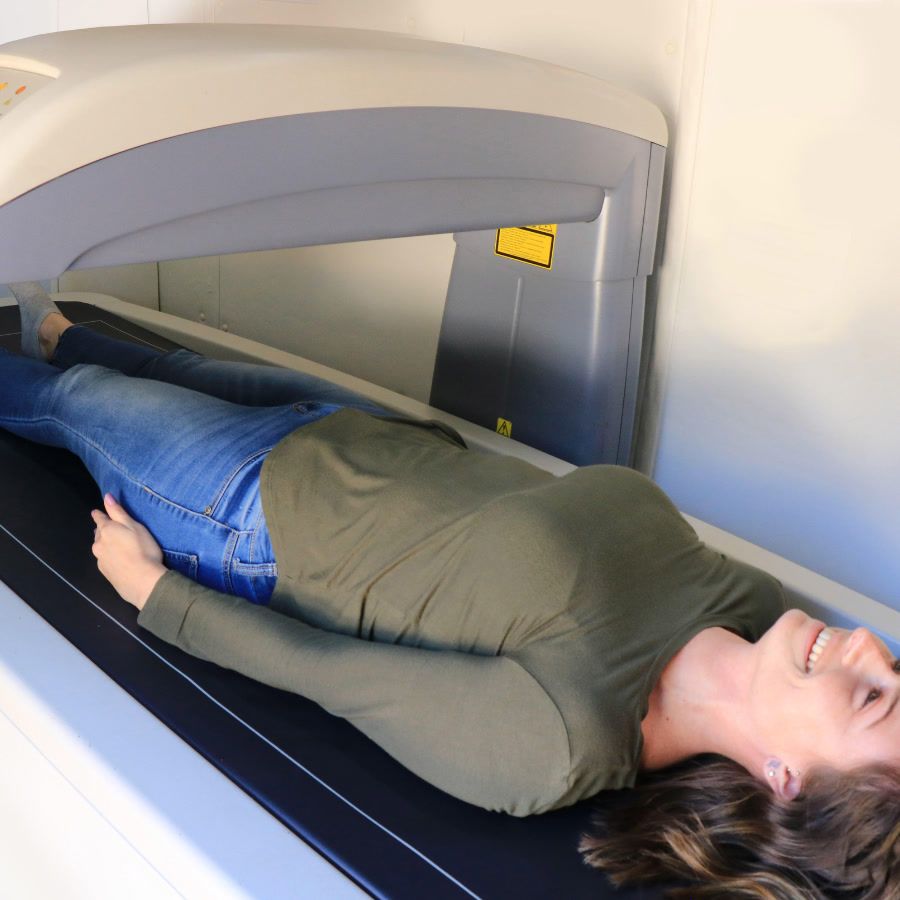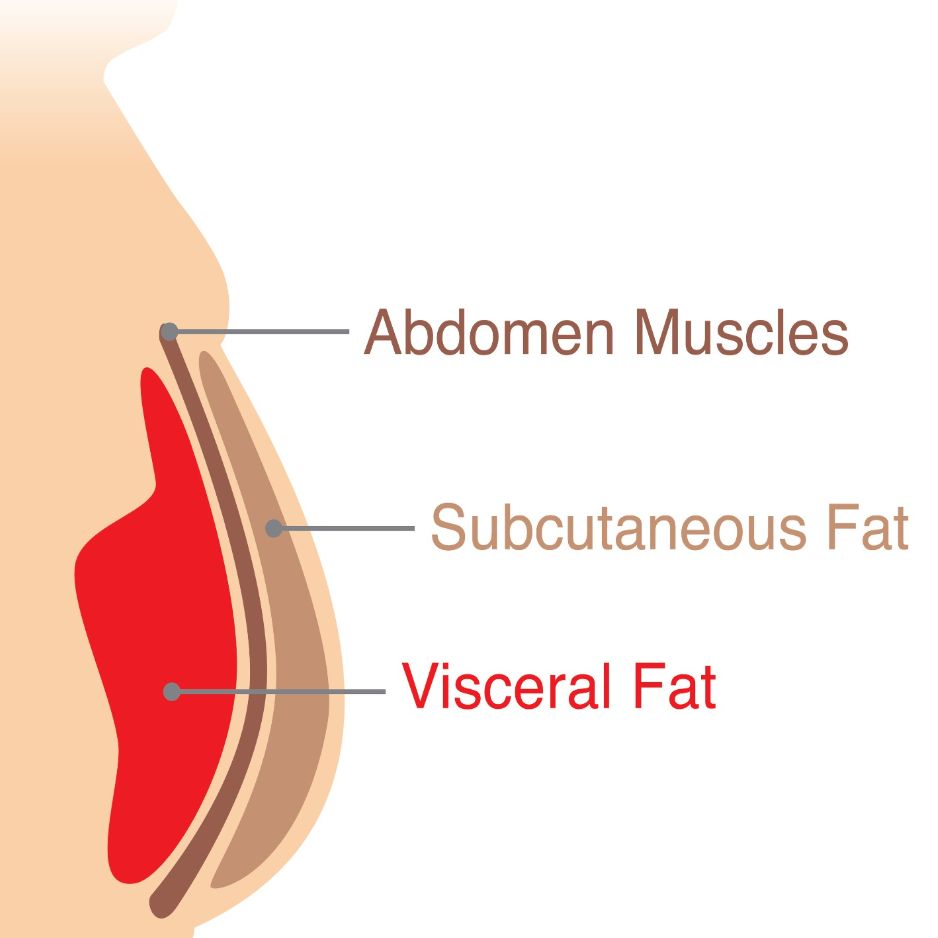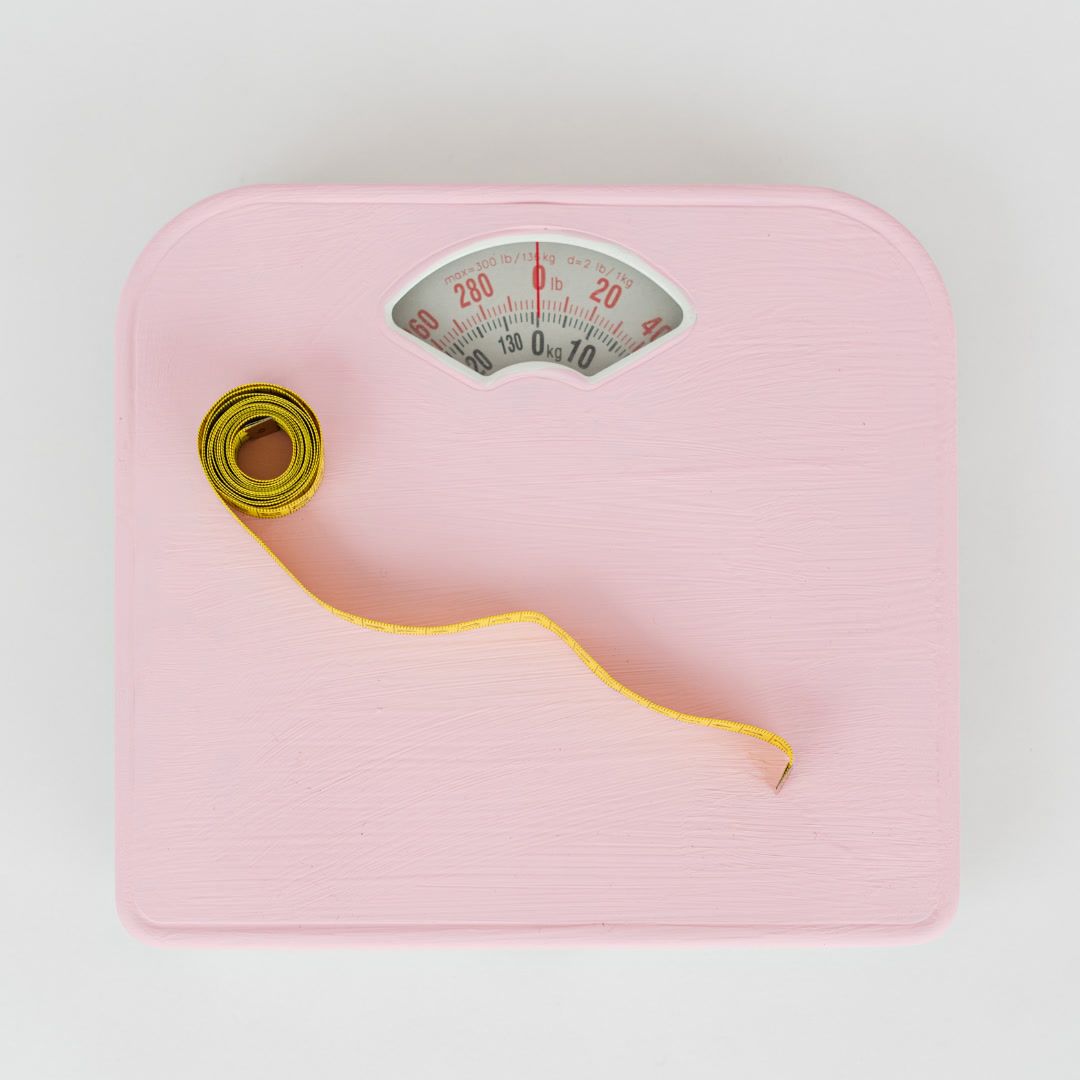Does HRT Cause Weight Gain? Evidence and Action Plan

Does HRT Cause Weight Gain? Evidence & Action Plan
TL;DR: Large clinical trials and long-term cohort studies show no meaningful weight gain that can be blamed on hormone replacement therapy (HRT) itself. Most scale changes come from mid-life metabolic slowdowns, fluid shifts, or lifestyle factors. Some formulations even improve fat distribution or help maintain lean mass (Medical News Today; REPLENISH trial).
Use the guide below to understand the data, spot common pitfalls (such as sodium-driven water retention), and build an evidence-backed action plan you can track with a BodySpec DEXA scan.

Why Do People Think HRT Causes Weight Gain?
- Timing overlap. Menopausal women and transgender adults often start therapy during life stages already linked to metabolic change.
- Fluid retention. Estrogen can increase salt sensitivity and short-term water weight.
- Online anecdotes. Forums often amplify personal stories over controlled scientific studies.
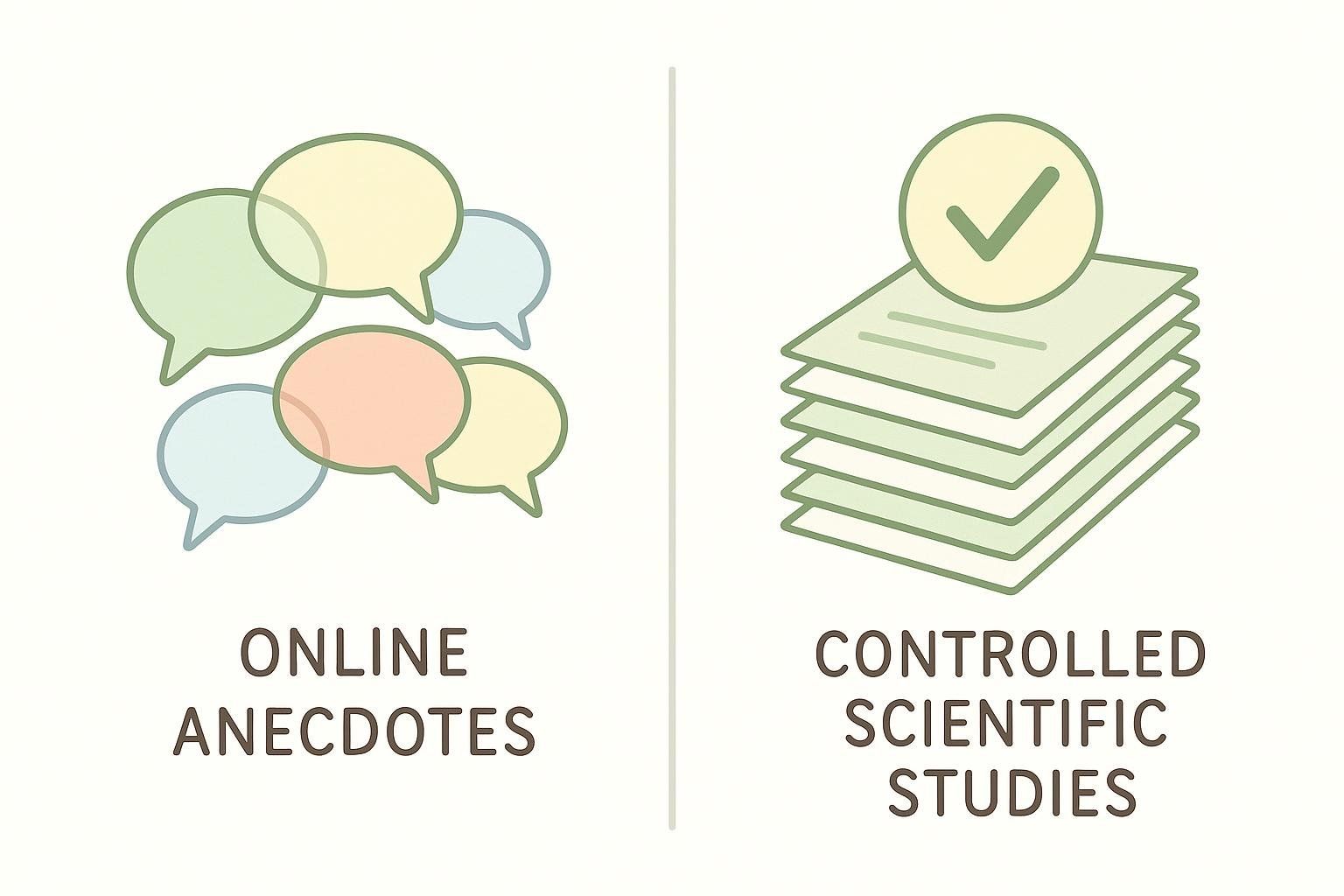
What the Science Actually Shows
Estrogen- & Progesterone-Based HRT (Cisgender Women)
| Study / Source | HRT Formulation | Duration | Weight/Body-Comp Outcome |
|---|---|---|---|
| REPLENISH RCT (n = 1,835) | Oral 17β-estradiol + progesterone | 12 mo | No clinically significant weight change vs placebo (full trial report) |
| KEEPS ancillary study | Transdermal vs oral estrogen | 48 mo | Transdermal arm preserved lean mass & curbed trunk-fat gain (KEEPS publication) |
| JCEM 2018 meta-analysis | Mixed formulations | — | HT reduced waist circumference & abdominal fat by 0.8 % (Journal of Clinical Endocrinology & Metabolism) |
| UChicago Medicine review 2023 | Mixed modes | — | Estrogen may redistribute fat away from the belly (UChicago Medicine article) |
Bottom line: Modern, low-dose HRT is weight-neutral or slightly beneficial for fat patterning.
Testosterone Therapy (Cis Men & Transgender Men)
| Study / Source | Population | Key Body-Comp Change |
|---|---|---|
| Frontiers in Endocrinology article (12-mo longitudinal DXA) | Trans men (n = 125) | ↑ lean mass 10 %, ↓ fat mass 10 %; BMI stable (Frontiers in Endocrinology) |
| Emory PubMed cohort study | Trans men (from a cohort of ≈ 4,000 TGD individuals) | Trans men gained ≈ 6 lb; > 80 % of gain was lean tissue (PubMed record) |
| International Journal of Obesity study | Hypogonadal cis-men (n = 273) | ↓ waist −3.5 in despite +4 lb total weight (lean gain) (Int J Obesity) |
Takeaway: Testosterone tends to shift weight toward muscle, so the scale alone can be misleading.

So Where Does Mid-Life Weight Gain Come From?
- Lower resting metabolic rate (RMR). We burn ≈ 100 fewer kcal/day after 40, according to landmark research on metabolic aging.
- Sarcopenia. Data from the Study of Women’s Health Across the Nation (SWAN) show up to 8 % lean-mass loss in the decade around menopause—unless you lift.
- Lifestyle creep. Desk time climbs, sleep drops, stress snacks appear.

For a deeper dive, see our post on Menopause Weight Gain: Causes & Solutions.
Action Plan to Stay Lean (or Leaner) on HRT
1. Dial In Protein & Fiber
Aim for 1.2–1.6 g protein per kg body weight—a range linked to lean-mass preservation in a 2023 meta-analysis of higher-protein diets. Pair that with 25 g or more of daily fiber (USDA dietary guidelines) to control appetite and support gut health.
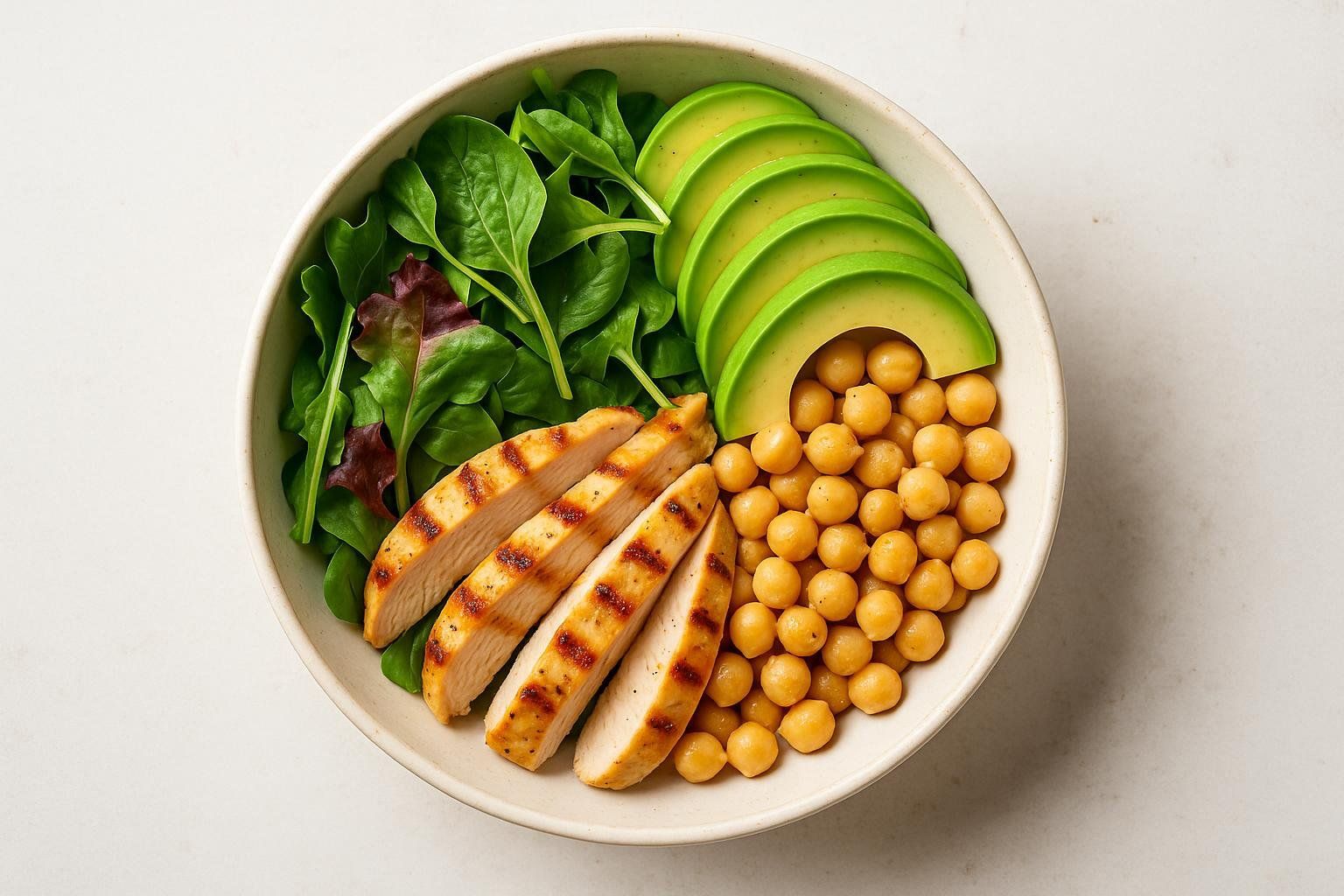
2. Prioritize Resistance Training
Two to three full-body strength sessions per week guard against muscle loss and improve insulin sensitivity. New to lifting? Try our 10 Body-Composition Exercises.

3. Walk Off the Cortisol
A 2022 Sports Medicine meta-analysis found that 2–10 minutes of light walking within 60–90 minutes after a meal can reduce post-meal blood-sugar spikes by up to 22 %—and help lower stress hormones.
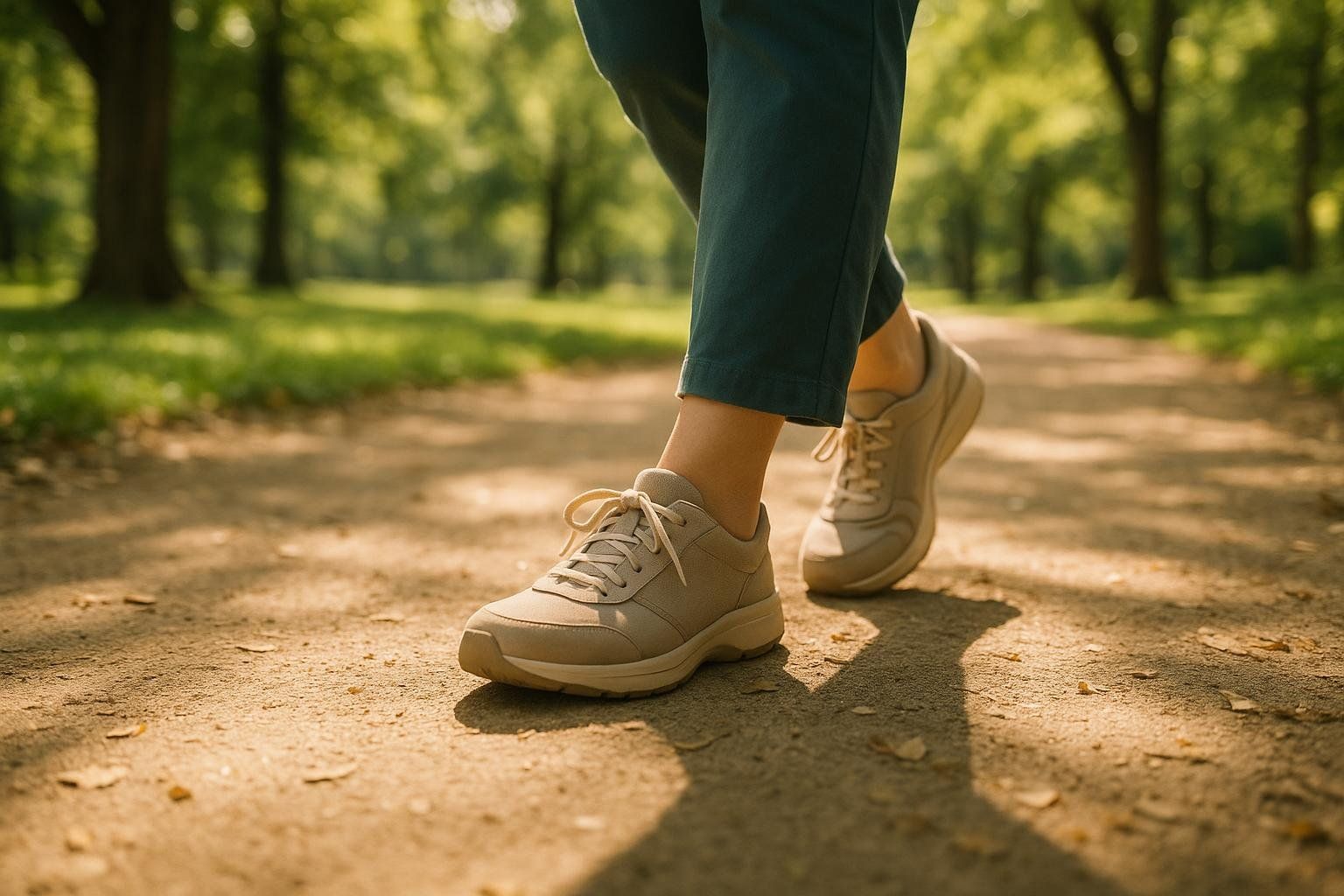
4. Track More Than the Scale
Repeat DEXA scans every 3–6 months to see fat, muscle, and visceral changes. Learn how to read the report in Interpreting DEXA Scan Results.
5. Mind Sleep & Stress
Poor sleep raises ghrelin and cravings. Practice 4-7-8 breathing—shown to lower anxiety in controlled trials—or Cognitive Behavioral Therapy for Insomnia (CBT-I).
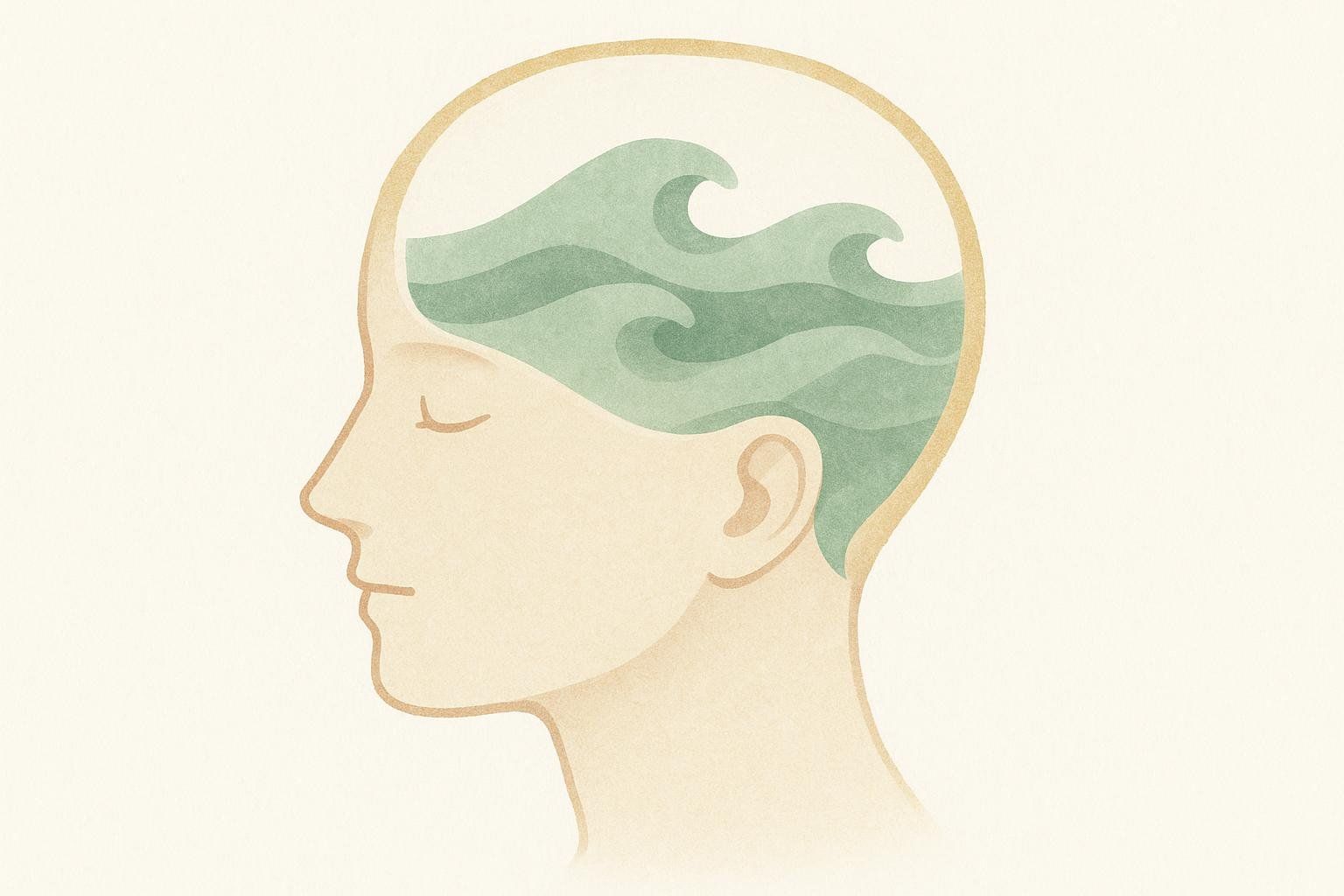
Frequently Asked Questions
Does progesterone alone cause weight gain?
Natural progesterone appears weight-neutral, while older synthetic progestins may cause < 2 lb water retention (Women’s Health Concern fact sheet).
Can estrogen help me lose belly fat?
The JCEM meta-analysis above found HRT reduced abdominal fat by 0.8 % and waist circumference by ~1 cm. Pair HRT with strength training for bigger wins.
What about transgender women on estradiol plus spironolactone?

A 2020 Journal of Clinical Endocrinology & Metabolism study (JCEM 2020 study) reported a 30 % increase in fat mass and 5 % decrease in lean mass after 12 months, while total weight usually shifts less than 5 lb. Effective strategies often include prioritizing resistance training, ensuring adequate protein intake, and using DEXA to monitor body-composition changes.
I gained 5 lb right after starting HRT—why?
It’s likely water and glycogen. Track sodium, stay hydrated, and give your body 4–6 weeks before judging true tissue change.
Key Takeaways
• Modern HRT does not inherently add fat.
• Mid-life biology plus lifestyle shifts are bigger drivers of weight change.
• Testosterone therapy usually adds muscle; scale weight alone misleads.
• Nutrition, lifting, and objective tracking (DEXA) keep you in control.
Ready to see real numbers? Schedule a BodySpec DEXA scan to monitor fat vs muscle during your HRT journey and adjust before small changes snowball.
